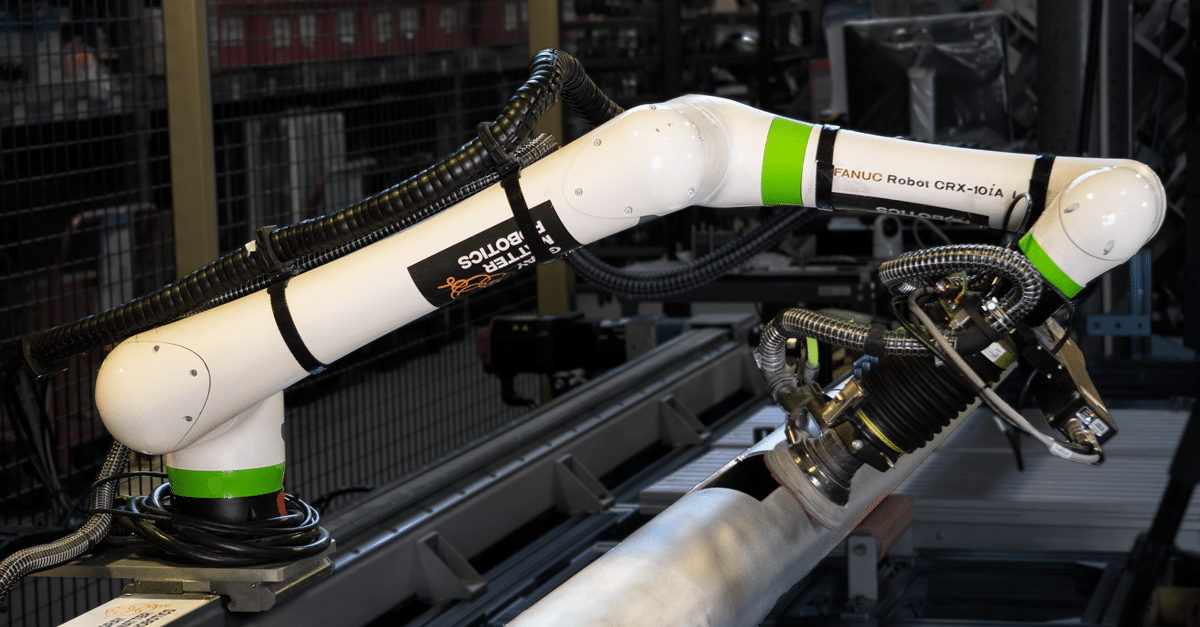GrayMatter Robotics develops AI-powered smart robotic cells that help manufacturers remain competitive by increasing productivity, improving process consistency, eliminating waste, reducing ergonomically challenging work, compressing cycle times, and expanding production capacity. Our proprietary GMR-AI™ is physics-informed technology that powers our robotic cells to autonomously perform sanding, blasting, buffing, polishing, spraying, coating, trimming, and inspection for high-mix manufacturers. Our solutions are used by aerospace and defense, specialty vehicles, maritime, metal fabrication, interior and architectural components, recreation and consumer products, and general manufacturing industries.
How Our Technology is Advancing Manufacturing
Our technology is transforming the manufacturing sector in the 3 following ways:
-
- It dramatically reduces the need for workers to perform ergonomically challenging tasks and reduces injury risks. Our technology empowers workers to use their knowledge to optimize manufacturing processes and dramatically reduces the reliance on physical labor. On average, we can reduce ergonomically challenging tasks by 90%. Our training program enables workers to become robot operators in just a few days. This upskilling helps them to advance in their careers and increase their earning potential. A user of our solution remarked,
“Thank you for this magic sander. I can now go back home and lift my daughter. My arms don’t hurt anymore.”
- It significantly reduces rework and scrap by ensuring that the AI-powered cell performs the process consistently by actively monitoring and adjusting the process conditions. The use of consumables, such as sanding media, is minimized because the robots extract optimal value from all consumables. These two factors lead to reduced energy use and less waste going to landfill. One of the users of our solution made the following observation regarding our ability to reduce scrap and waste. One of our strategic partners observed,
“GrayMatter Robotics has a technology and economic model that is a game changer for manufacturers, especially for manufacturers and job-shops with ‘high-mix low-volume production. Their technology enables companies to use automation to solve the current labor shortage crisis that has no end while also enabling manufacturers to meet sustainability goals. Manufacturers who have deployed automation have saved a substantial amount of material waste and scrap created in manual processes. For example, GrayMatter automation solutions can sometimes reduce material waste by up to 50%. And now, these savings are available to companies with a high variety of lower volume parts – companies that could not justify automation without the technological and economic approaches like those from GrayMatter.”
- Many surface finishing operations report annual labor churn of 75%. Replacing a worker can take multiple weeks. Significant manufacturing delays have implications for national security projects. Our solutions enable aerospace and defense companies to accelerate projects. It enables aerospace and defense companies to dramatically lower cycle time by reducing their reliance on manual labor. A senior manager at one of our customer sites noted,
“Finding and retaining employees willing to do sanding has always been challenging and adds to the current labor shortage. It has prevented us from growing. GrayMatter’s Scan&Sand™ automation solution has allowed us to free up current sanding employees to work on higher-value tasks.”
GrayMatter’s smart robotic cells require no programming or engineering resources and can be operated by shop-floor workers with the touch of a button.
How We Use Physics-Informed AI
Data-driven AI has delivered impressive results in applications such as recommendation engines, gaming, facial recognition, text translation, text synthesis, and fraud detection. This type of AI uses vast data to train the system. In many applications, a large amount of data is readily available or can be easily generated. In contrast, collecting high-quality data in manufacturing applications takes significant time and incurs considerable costs. Therefore, a purely data-driven approach for AI is not a scalable and effective model in most manufacturing applications.
Manufacturing has a lot of known models and valuable process knowledge. We use AI to augment models based on experimental data to fill missing gaps. Physics-informed AI enforces known physics-based process models or knowledge as a constraint in the AI system.
Using GMR-AI™, the smart robotic cell robots can program themselves from a high-level task description. Process parameters are adapted based on observed performance to deliver consistent quality. The robotic cell can also monitor its health and reduce the risk of failure.
In summary, our physics-informed AI for smart robotic cells leads to improved quality of life for workers, reduction in the environmental impact of manufacturing, and improved ability of aerospace and defense companies to meet national security challenges.
SK Gupta, Co-Founder and Chief Scientist, GrayMatter Robotics

